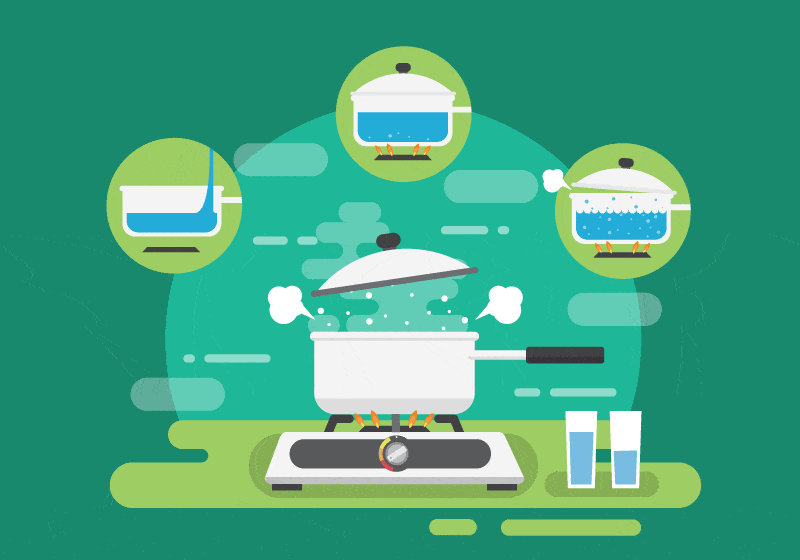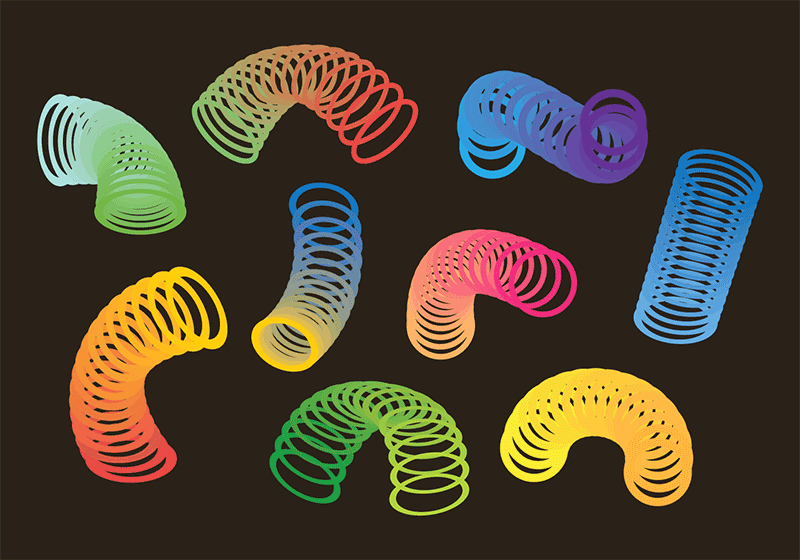Kinetic Energy
In physics, the kinetic energy (KE) of an object is the energy that it has due to its motion. It is defined as the work needed for an object of a known mass to accelerate to a given velocity.
What is Kinetic energy?
In physics, the kinetic energy (KE) of an object is the energy that it has due to its motion. It is defined as the work needed for an object of a known mass to accelerate to a given velocity.
Kinetic energy equation
To calculate Kinetic energy we write the equation like this.
$E_k = { 1 \over2} mv {^2}$
Kinetic energy demo
In this tutorial you will learn how to calculate the energy stored in a moving object.
Chilled practice question
Copy out the question and attempt to calculate the answer before watching the solution. Write down the equation and show all of your working, remember to add the units to your answer, this routine will guarantee you maximum marks in an exam. Mark your solution and correct if needed.
Calculate the Kinetic energy store in a car with a mass of 850 Kg moving at a velocity of 3.5 m/s.
Frozen practice question
Copy out the question and attempt to calculate the answer before watching the solution. Write down the equation and show all of your working, remember to add the units to your answer, this routine will guarantee you maximum marks in an exam. Mark your solution and correct if needed.
A meteorite has 8000 J of Kinetic energy, calculate its mass if it has a velocity of 20 m/s
Science in context
Anything that is moving has energy in its kinetic energy store.
Millie’s Master Methods
Millie’s Magic Triangle
The ability to rearrange equations is the first step to successfully solve Physics calculations. Millie’s…
Calculation Master Method
Performing and mastering this routine will guarantee you maximum marks when solving Physics calculations. Calculation…
The Fridge Physics Store
Teacher Fast Feedback
Feedback to students in seconds – Voice to label thermal bluetooth technology…
Get Fridge Physics Merch
Why not buy a Fridge Physics baseball cap, woollen beanie, hoodie or polo shirt, all colours and sizes available. Free delivery to anywhere in the UK!…









